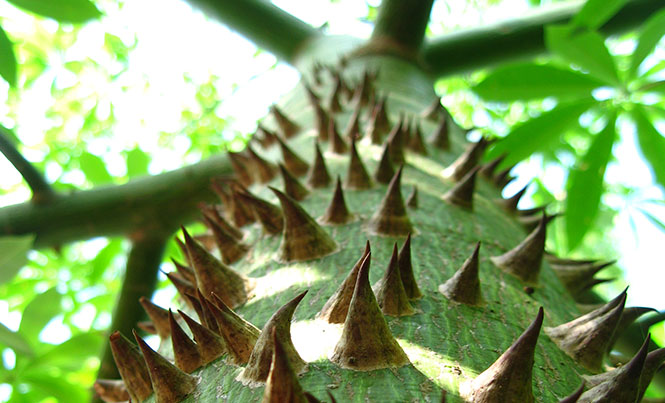
The Maya had a very keen understanding of their surroundings and their universe. They had a view of the universe similar to the more modern religious belief systems with some differences. While, in our times, the concept of heaven and hell are more closely linked to the afterlife. However, the Maya perceived these as different stages of consciousness within the same universe. They saw life, death and afterlife as one single and unbreakable thing.
Similar to other religious beliefs, the Maya had a configuration of the universe divided into three layers.
- The heavenly layer was at the top and was divided into 13 levels and ruled by Oxlahuntikú (The Thirteen Gods). Heaven was arranged as a pyramid with earth as the second layer.
- The earth layer was the base of this pyramid and consisted in only one level, the one we know and is our home. This is where humans were supposed to live and nowhere else.
- The level of the underworld, which was divided in nine levels and was ruled by the Bolontikú.
At the very top of the celestial pyramid was the supreme god, Itzamná, balancing the energies between the levels of the universe.
The tree known by the Maya as Yaax-ché and by us as Ceiba, was considered sacred and served as a connection between the three worlds, perhaps because of the hollow spaces some ceiba trees have in their trunks and its long roots and branches. In fact, it was said that many of the mythological characters that went down to the Xibalbá (The Underworld) did it through the log of a ceiba.